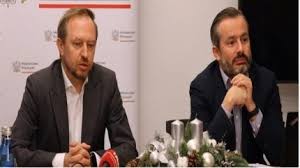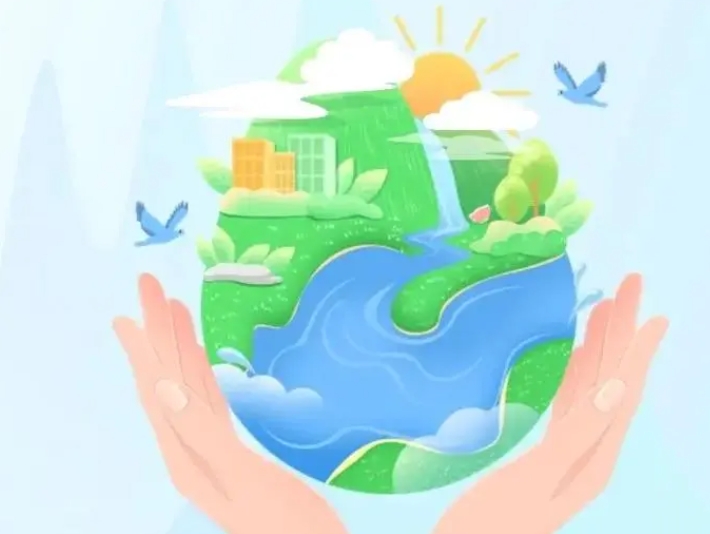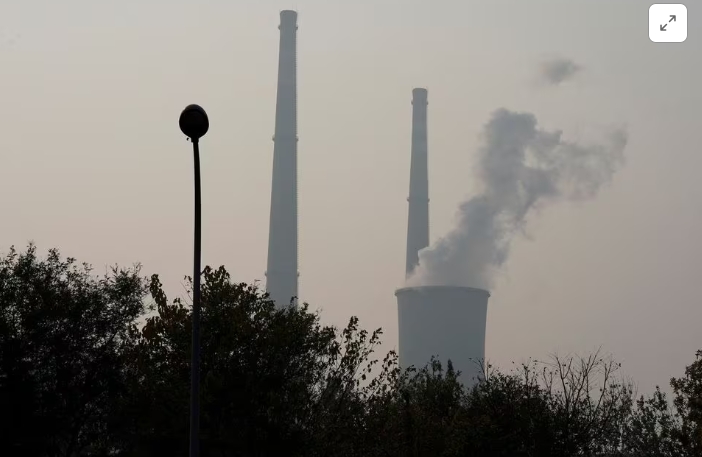
The updated Polish Nuclear Energy Programme (PPEJ – Program Polskiej Energetyki Jądrowej) envisages the start of commercial operation of the first unit of Poland’s first NPP in 2036, followed by commercial operation of the next two units in 2037 and 2038.
This was announced at a press briefing held at the Ministry of Industry addressed by the Deputy Minister of Industry and Government Plenipotentiary for Strategic Energy Infrastructure, Wojciech Wrochna and Paweł Gajda, Director of the Department of Nuclear Energy at the Industry Ministry. This represents a three-year delay compared with previous government plans for the plant to be operational in 2033. The previous PPEJ released in 2020 contained plans for deploying 6-9 GWe of commercial nuclear power at up to two sites in the 2030s and early 2040s.
In November 2022, the then Polish government selected Westinghouse AP1000 reactor technology for construction at the Lubiatowo-Kopalino site in the Choczewo municipality in Pomerania. An agreement setting a plan for the delivery of the plant was signed in May 2023 by Westinghouse, Bechtel and Polish utility Polskie Elektrownie Jądrowe (PEJ), a special-purpose vehicle 100% owned by Poland’s State Treasury, which is responsible for the construction.
Poland’s Ministry of Climate & Environment in July issued a decision-in-principle for PEJ to construct the plant. In September 2023, an engineering services agreement was signed with Westinghouse and Bechtel to finalise a site-specific design for a three-unit NPP. The contract also involves supporting the investment process and bringing it in line with current legal regulations in cooperation with the National Atomic Energy Agency and the Office of Technical Inspection.
The government has estimated the total cost of the plant at PLN150bn ($37bn), 30% of which will be equity provided by the government and 70% debt financing. PEJ expects credit institutions, including the US Export-Import Bank, to provide the debt financing for the investment. Once operational, Poland plans to subsidise the plant through a contract for difference process that settles any difference between a predetermined strike price and the market price of electricity.
The Ministry briefing also covered plans for a second NPP, the possible construction of small modular reactors (SMRs) and European Commission approval for funding. Wrochna pointed out, the PPEJ update is at the final stage of preparation. Other dates to be included in the PPEJ update are the transfer of the contractor’s construction site in 2025, the construction permit for the plant and the pouring of first concrete in 2028.
Wrochna added, the government expects to obtain an opening decision from the European Commission by the end of this year on the application for notification of public aid for the first NPP. This is also a condition for concluding an EPC contract with contractors. He appeared to criticise the method used to select a partner for the first NPP and said he would avoid the mistakes of his predecessors in choosing a partner for the second NPP. The selection must be competitive, he stressed.
“In order to select an investor, we must first hold a dialogue with the market to try to arrange it all. Only the feedback we receive from the market will allow us to arrange a certain structure of this procedure, which will tell us what schedule is possible,” he noted. Wrochna added that he hopes to launch such a dialogue in January.
“In principle, we do not see that it is possible (…) for the state to again invest tens of billions of zlotys in the equity formula for a second NPP (…). I do not see the possibility of undertaking such a project based only on a long-term electricity offtake agreement from the future plant, without prior capital involvement of either an offtaker or simply another type of investor,” he said.
Paweł Gajda confirmed that the provisions for two NPPs will remain in force in the updated PPEJ. “We are interested in coal-fired locations,” he said, noting that the final choice of the location for the second NPP will probably be made jointly with the technology partner. “This process of final location selection will be conducted in parallel with the technology selection – we are planning an initial location screening next year,” he added.
A short list of possible locations will be known in January, when market research regarding the second NPP will also begin. “The competitive procedure will begin with an initial dialogue with potential partners. Based on the outcome of this dialogue, we will propose the final terms for submitting offers,” he said.
Gajda noted that the capital participation of a strategic partner in the next project is assumed, and the Ministry would initially like the strategic partner to be selected by the end of 2026, which will, however, depend on the feedback from the dialogue. “The plan is for the majority share to remain on the Polish side,” he added. He did not rule out “inviting” energy-intensive industry as co-participants in the second NPP project, while maintaining state control over the entire project. The Industry Ministry also wants to create a separate programme for SMR reactors.







